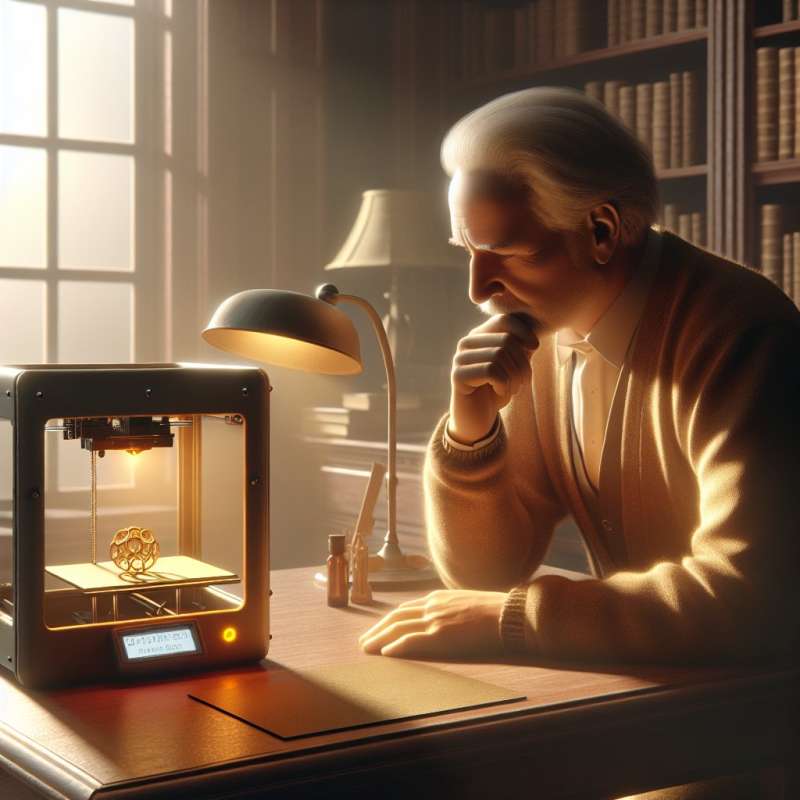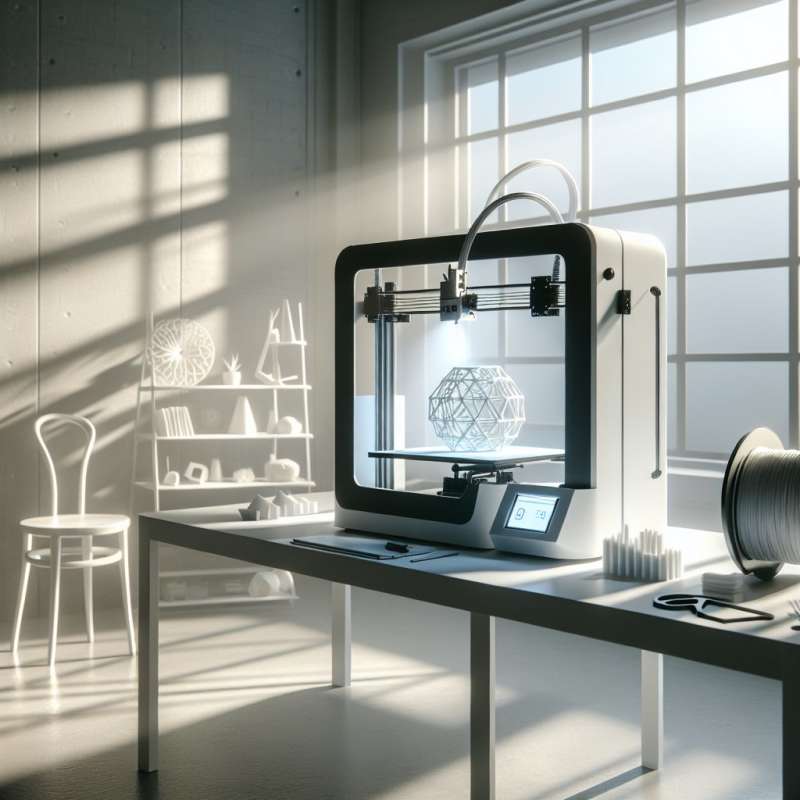
3D Printing Origins
3D printing technology, also known as additive manufacturing, originated in the 1980s with Chuck Hull's invention of stereolithography, enabling the creation of 3D objects by layering ultraviolet-cured resin.
Fused Deposition Modeling
In 1989, S. Scott Crump invented Fused Deposition Modeling (FDM). This technique extrudes thermoplastic filaments, layer by layer, to build objects and is the basis for most modern desktop 3D printers.
Selective Laser Sintering
Selective Laser Sintering (SLS) was developed in the late 1980s, allowing the creation of complex parts by fusing powder materials using a laser, without the need for support structures.
Metal Printing Breakthrough
3D printing leapt forward with Direct Metal Laser Sintering (DMLS) in the 2000s. For the first time, industries could create functional metal parts, revolutionizing sectors like aerospace and healthcare.
Bioprinting Revolution
Bioprinting emerged in the early 21st century, using cells and biomaterials as 'inks' to print tissue structures. It holds the promise of printing organs for transplant, transforming medicine.
Affordable Consumer Printers
The RepRap project, initiated in 2005, aimed at creating self-replicating printers. This inspired the proliferation of affordable 3D printers, making the technology accessible to hobbyists and small businesses.
Future: 4D Dynamic Materials
The next frontier, 4D printing, involves materials that change shape or properties over time when exposed to stimuli, paving the way for self-assembling structures and adaptive devices.
Who invented 3D printing technology?
S. Scott Crump
Chuck Hull
RepRap Project
Company